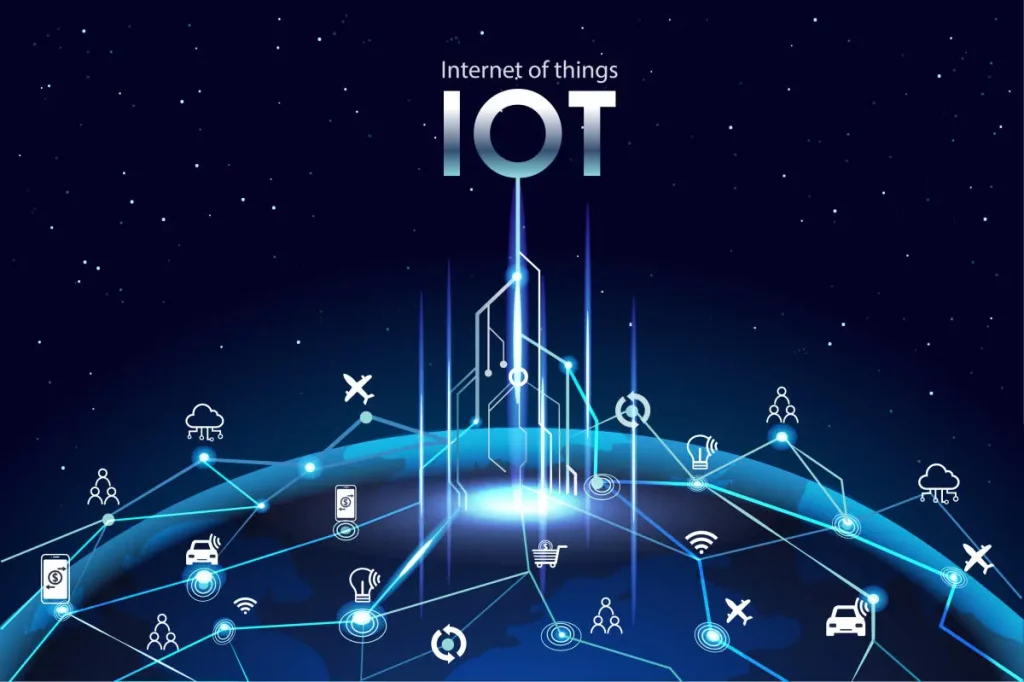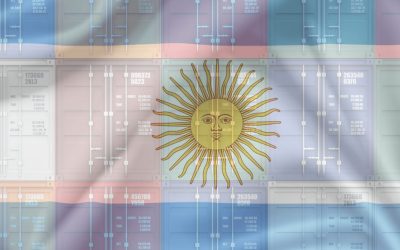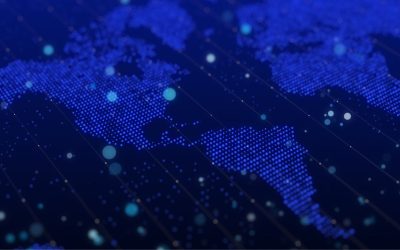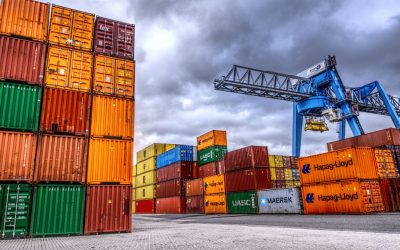Infrastructure challenges, regulatory barriers, and logistics remain key obstacles to effectively accessing these emerging markets.
Following the economic stagnation caused by the COVID-19 pandemic, Africa has emerged as one of the most resilient continents, positioning itself as a rising hub of innovation and growth. While Africa maintains its traditional industries—such as agriculture, livestock, fishing, and heavy industry—the continent has gained global recognition for its mobile technology, fintech, satellite systems, healthcare technology, and renewable energy advancements. This transformation has made Africa a key area of focus for technology companies worldwide.
Africa’s Economic Growth Projections
According to the International Monetary Fund (IMF), Africa’s GDP is projected to grow by 3.8% in 2024, marking the second-highest growth rate globally, surpassed only by emerging economies in Asia. The momentum is expected to continue; the World Bank forecasts a 4% growth rate for 2025-26. By 2040, if Africa’s Union Agenda 2063 growth estimates materialize, the continent’s GDP could reach an impressive $11.9 trillion.
Understanding Africa’s characteristics and market access strategies is essential for businesses looking to capitalize on its economic growth. In this article, Aerodoc analyzes the opportunities and challenges that the region presents for technology enterprises.
The Potential of Africa’s Growth
Africa is rich in natural resources, historically basing its exports on minerals, metals, agricultural goods, and manufactured products. However, the digital transformation of recent years has reshaped its commercial framework, positioning the continent as a burgeoning technological powerhouse.
Currently home to 1.5 billion people, Africa’s population is projected to reach 2.485 billion by 2050, a staggering 74% increase in less than three decades. By then, 10 of the world’s 30 most populous countries will be in Africa, with the continent accounting for 26% of the global population. This rapid growth will fuel the expansion of the labor force, which is expected to reach 1.1 billion people by 2040.

From 2010 onward, consumer spending in Africa has grown at an annual average of 3.9%, which is expected to continue. By 2030, countries like Nigeria, Egypt, South Africa, Morocco, and Algeria are projected to have 56 million middle-class households with a combined purchasing power of $680 billion.
Notably, Africa’s population is also the youngest in the world, with an average age of just 19. This demographic advantage, coupled with rapid urbanization (31% in 1990 to 43% in 2023) and the expansion of digital infrastructure, has fostered a thriving entrepreneurial ecosystem. Nigeria leads the region in startup creation, followed by Kenya, South Africa, and Egypt.
Trade Development Policies
Africa comprises 54 nations, each with unique governance models. However, regional initiatives like the African Continental Free Trade Area (AfCFTA) are driving trade liberalization and economic integration. As the largest free trade zone globally by membership, AfCFTA connects 55 countries, encompassing 1.3 billion people and a combined GDP of $3.4 trillion.
Specific countries have introduced targeted programs to attract foreign investment and bolster the tech sector. Kenya and South Africa offer tax incentives and special economic zones, while Morocco’s Innov Invest program, supported by the World Bank, provides startup funding. Pan-African initiatives such as Smart Africa and the Digital Transformation Strategy further drive digitalization and economic exchange.
Major cities like Nairobi are becoming hubs for international corporations, including General Electric, IBM, Google, Coca-Cola, and Microsoft, while African unicorns like Flutterwave, Wave, Chipper Cash, OPay, and Interswitch are leading the fintech revolution.
Opportunities and Challenges in Africa’s Tech Boom
In the past two decades, Africa has witnessed one of the world’s fastest-growing internet user bases, climbing from 2.1% in 2005 to 24.4% in 2018. Currently, 400 million people use mobile phones across the continent, accounting for 9% of the total global population. By 2025, smartphone users are expected to grow to 690 million, with internet penetration reaching 300 million users.
Despite these advances, Africa faces significant challenges, including geopolitical conflicts, violence, extreme poverty, and external debt in some regions. However, its young and growing workforce could be a key driver of economic transformation. The World Bank estimates that 12 million young people will enter Africa’s labor market annually for decades to come.

New technologies such as the Internet of Things (IoT), Big Data analytics, and automation hold significant potential but face slow adoption rates—IoT adoption stands at only 30% across the continent. A major barrier to progress is the prevalence of paper-based systems, underscoring the need for digitalization to unlock new solutions.
Navigating Africa’s Markets with Aerodoc
Africa’s vast landmass (30.37 million square kilometers) presents logistical challenges for businesses entering the region. Infrastructure limitations, regulatory complexities, and bureaucratic barriers can hinder the importation of technological products. Many countries maintain distinct import laws, licensing requirements, and non-digital administrative processes, resulting in delays.
Transportation infrastructure also poses difficulties, with hard-to-reach areas and underdeveloped distribution networks. Additionally, some nations require international companies to establish local partnerships or operations, increasing operational costs.
Technology companies increasingly turn to Aerodoc’s Delivered Duty Paid (DDP) services to overcome these challenges with Importer of Record (IOR) solutions. Aerodoc facilitates the seamless shipment, importation, storage, and distribution of goods across Africa, ensuring compliance with local regulations and minimizing delays.
If you’d like to learn more about how Aerodoc can support your business expansion into Africa, contact our team of experts today.
How Has Africa’s Economic Context Changed in Recent Years?
Following the economic stagnation caused by the COVID-19 pandemic, Africa has experienced a remarkable resurgence, driven by advancements in mobile technology, fintech, satellite systems, healthcare tech, and renewable energy. These developments have positioned Africa as a new technological hub.
What Are Africa’s Short- and Medium-Term Economic Growth Projections?
Africa’s GDP is expected to grow by 3.8% in 2024, marking the second-highest growth rate globally after Asia. For 2025-26, the World Bank projects a growth rate of 4%. According to the African Union’s Agenda 2063, the continent’s GDP could reach $11.9 trillion by 2040.
What Demographic Characteristics of Africa Favor Its Economic Growth?
Africa is the world’s second-most populous continent, with 1.5 billion people. By 2050, the population is projected to grow to 2.485 billion, representing 26% of the global population. The continent’s youthful demographics, with an average age of 19, ensure a robust and expanding labor force for the future.
What Policies Are African Nations Implementing to Attract Technology Investments?
The African Continental Free Trade Area (AfCFTA) promotes intra-regional trade by eliminating tariffs, making it the largest free trade zone globally by membership. Countries like Kenya, South Africa, and Morocco have introduced tax incentives, special economic zones, and startup funding. Initiatives like Smart Africa and the Digital Transformation Strategy further enhance economic digitalization.
What Challenges Do Technology Companies Face When Entering African Markets?
Tech companies encounter important challenges, including bureaucratic hurdles, diverse regulatory frameworks across countries, and limited infrastructure. Transportation and distribution networks pose additional complexities, raising operational costs. Services like those offered by Aerodoc, which manage logistics, importation, and distribution, are essential to navigating and overcoming these challenges.




